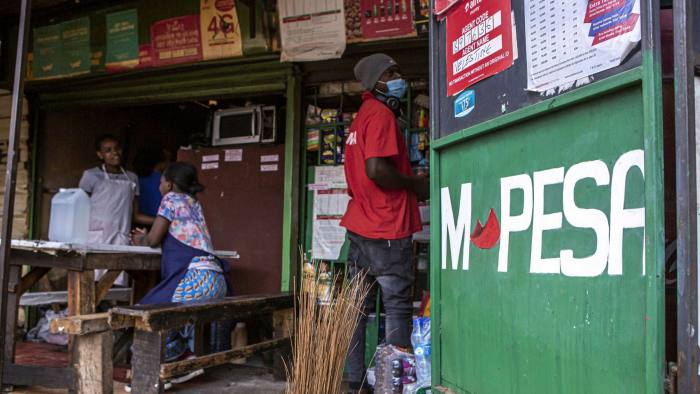November 29th 2021
The Next Wave provides a futuristic analysis of BizTech and innovation in Africa. Subscribe here to get it directly in your inbox on Sundays at 3 PM (WAT).
Hi. I’m Sultan.
One-point-two million. That was the number of users Safaricom’s M-Pesa gained within 9 months of operating in Kenya, back in 2007. Nigeria’s fintech Flutterwave serves over 900,000 customers despite having been around for over 6 years. While the market dynamics are different, it shows the opportunity that is available for Flutterwave in Nigeria’s 200 million-strong population as it expands to other markets.
Today, M-Pesa has over 28 million users and 250,000 agents, out of Kenya’s 30-million adult population. Between January to June last year, over $200 billion worth of transactions were processed by the company. But, in all honesty, the major reason for M-Pesa’s success is because Safaricom controls both the GSM network and SIM gateway. Safaricom tried to replicate the M-Pesa model in South Africa, but it failed because, compared to Kenya, at least 70% of South Africans have a bank account.
Last month, in yet another epochal moment for Africa’s fintech ecosystem, Nigerian fintech startup, Flutterwave raised $250 million to triple its valuation to $3 billion. Many celebrated online, and some declared that Flutterwave is big enough to dominate the entire fintech market—in other words: fintech innovation in Africa has peaked.
In today’s edition of Next Wave, we explore the vast opportunity that still exists in Africa’s fintech ecosystem. Unready, untapped, unscratched
Source: Boluwatife Sanwo, TechCabal Insights. The fintech and payment industry remains untapped in countries where millions of people are financially excluded and do not have internet access (for web-based financial products). For example, data from the 2020 Enhancing Financial Innovation Access (EFInA) report, shows that 36% of adults in Nigeria—38.1 million—are excluded from financial services.? In South Africa, that number is 7% as at 2020; 11% in Kenya as at 2019; 7% in Rwanda as at 2020; 39% in Burkina Faso as at 2016; and 36% in Cameroon as at 2017.
GSMA data shows that, by the end of 2018, Africa had 534 million basic and feature phones and a slightly lower number of smartphones: 523 million. Feature phones are affordable for the poorest people on the continent, while smartphones are owned by people with higher incomes; however, both phone types open up access to Unstructured Supplementary Service Data (USSD) services—a prevalent technology in Africa […]
